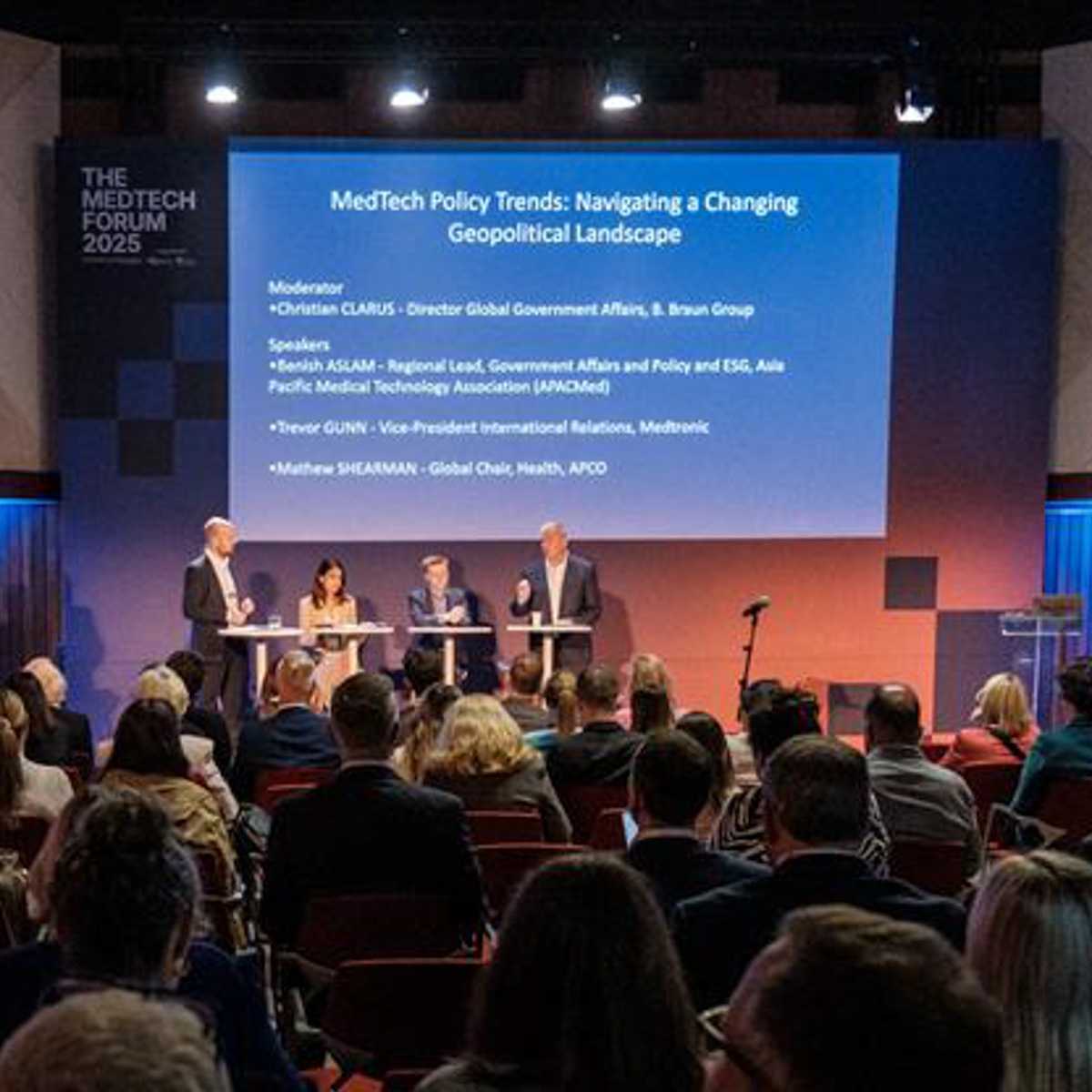

This month marks the one-year anniversary of the WHO declaring COVID-19 a global pandemic, when seemingly overnight “business as usual” in many countries—especially the United States—immediately wasn’t. These experiences differed across sectors for businesses large and small; some managed to find success while others struggled. Those who have made it to the other side may be ready to collectively exhale or may be increasingly worried about what is next on the horizon. While many readily describe this last year as unprecedented, we have now arrived at a significant milestone where companies and organizations—despite how the year has treated them—should take stock of what’s worked, what hasn’t and what they can and should be doing to prepare themselves for the next “unprecedented” event.
Important lessons to keep in mind at the C-suite level
Scenario plan; then do it again and again. Entering 2020, who had “global pandemic” written into the five-year plan? It’s not surprising if you didn’t; however, this last year has taught us even more than before to expect the unexpected, which means that scenario plans must be flexible and adaptable. Our current landscape will continue to adjust as vaccines roll out, economies regain steam and countries reopen their borders, but our return to normal should not encourage complacency. Instead, companies and organizations should continuously revisit their risk assessments and scenario plans to ensure that they are staying on top of the latest trends and that they are as prepared as they can be for what might come next.
Innovation and agility are key to success and survival. While many small businesses have fallen victim to the economic fallout of the pandemic, there are many others that have successfully fought to survive through a combination of creative tactics and the ability to meet the circumstances at hand. Many may remember stories of distilleries converting production lines to make hand sanitizer, fine dining restaurants pivoting to takeout operations and your gyms starting to offer online classes during the beginning months of the pandemic. While business planning is essential, companies must set themselves up to be nimble and adaptable in order to ensure their long-term continuity.
Internal values are key to success in the external environment. COVID-19 is not the only pandemic we’ve reckoned with over the last year. It is crucial for companies and organizations to take stock of the disparities they may have intentionally or unintentionally promoted in the past and identify ways to address them moving forwards. Customers, employees and other stakeholders have made it clear that they want companies to take action to address racial and social inequalities and not just make performative statements. Those that have put the sentiments they expressed last summer into action are not only positioning themselves but also their communities to grow stronger.
Including employees in the definition of the new “normal.” Equally as important for companies and organizations to consider at this juncture is the health and welfare of their employees. While a return to normal seems more achievable at this point than at any time over the last year, this doesn’t mean an end to the many challenges workers are continuing to face. A recent study published by the American Psychological Association details some of the long-term issues many are facing in the wake of COVID-19; for example, nearly half of parents studied reported increased stress in the last year and more than half of all Black and Asian respondents expressed uneasiness at adjusting to in-person interactions.
Although we are eagerly awaiting the chance to return to normal, companies and organizations must acknowledge that “normal” for their employees may look different than before the pandemic. Companies looking to come back stronger in the post-COVID-19 era should understand and acknowledge the following:
- Long live the flexible work environment. The gig economy caught on as people identified a need to create their own working schedules. For the traditional nine-to-five worker, this was not an achievable reality until our homes became our living quarters, offices, daycares, restaurants, gyms and everything in between. Companies like Spotify have started to codify the flexible work environment with a permanent work from anywhere policy, while others like Salesforce are moving towards a framework that allows for multiple ways of working. Any way you slice it, this way of working—whether it’s flexible hours, remote work or anywhere in between—is likely here to stay and companies will need to navigate how to best structure this offering as we move beyond the pandemic.
- Leading with empathy builds loyalty. Many companies have fostered additional loyalty among their employees by working with them to understand and provide the support they’ve needed over this challenging year, from flexible work schedules and equipment stipends to mental health and wellness services and childcare support. Those companies demonstrating their purpose and empathy with their most essential stakeholders—employees—are better positioned to foster loyalty in the short term and face less attrition in the long term, especially when competitors who may not have weathered the storm begin to seek out new talent.
- Practice with employees what you are preaching to potential recruits. Talent risk has emerged as one of the most significant threats companies are facing or anticipate facing in the near future. Companies that made cutbacks or layoffs in the immediate wake of the pandemic are now looking to rebuild their ranks, and those that weathered the storm and positioning for growth are also looking to expand their talent pool. Prospective employees are interviewing their employers just as much these days as they are being interviewed, looking to see how their potential new employer handles the flexible work environment as well as employee engagement and communication. Additionally, those employees fortunate to avoid layoffs in the last year are facing significant levels of burnout as work became one of the few constants in the ever-shifting recent landscape. Employers need to ensure that they are not only positioning themselves well to attract new talent, but that they are truly promoting work/life balance with their existing employee base. Given that the estimated cost of replacing a salaried employee is equivalent to six to nine months of their salary, talent retention in this reinvigorated environment is just as critical as attracting new recruits.
While the light at the end of the tunnel seems finally within reach, it is important that we not lose sight of the lessons we’ve learned over the past year. Those companies and organizations that have learned to adapt to this storm will be better poised to not only survive but thrive in the post-COVID-19 era. In the interim, keep updating that scenario plan—you never know what might come next.


